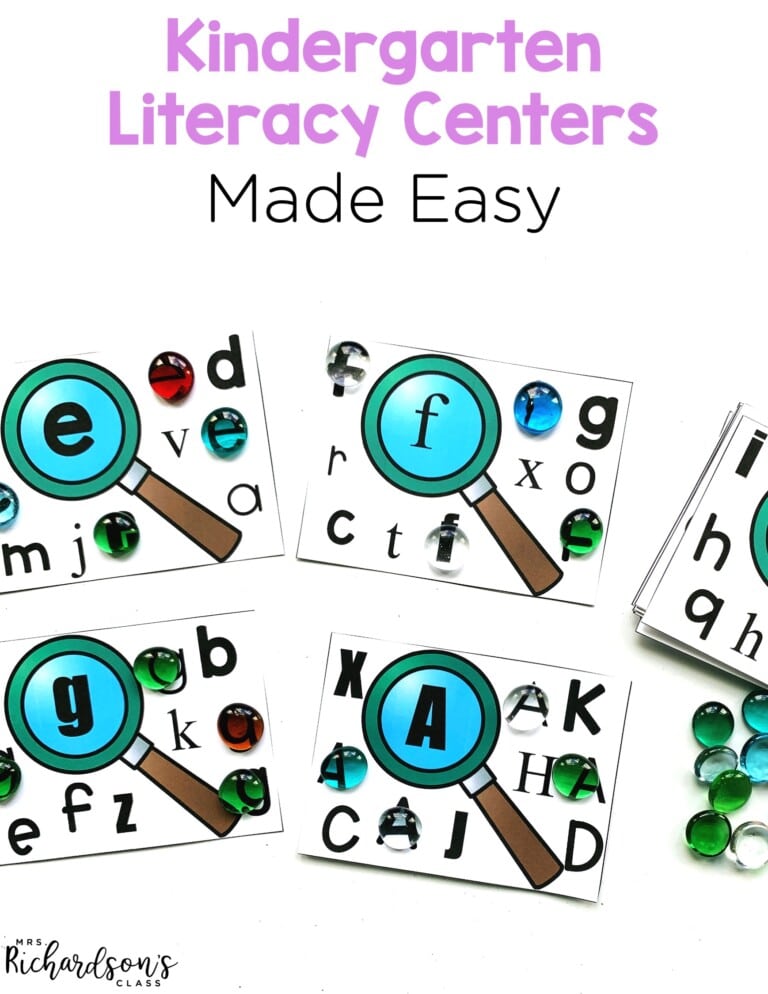

Tips for Guided Reading When It Feels Like It’s Not Working
Have you ever felt like your students aren’t making a lot of growth in guided reading? Does it seem like they have been working on the same level for a while? Have you found yourself wondering if you should continue doing guided reading?
I remember having some of these sentiments when I was in the classroom. I remember feeling like I was taking the time to prepare my guided reading lessons, meeting with my groups with fidelity, and yet, it didn’t seem like it was working for certain groups. The truth is, guided reading WAS working. I just needed to take a closer look at some other elements too. Let’s chat about tips for guided reading when it feels like it’s not working for your students.
Guided reading is such an important part of our literacy instruction. The important thing is that guided reading is a part! It’s not the only part. Guided reading is not meant to stand alone. It can and should exist with other components of literacy.
I like to think of it like a bike. On a bike, you don’t just have the pedals. You have gears, tires, a frame, and all of those parts work together so that someone can ride the bike somewhere. The same is true of guided reading. It’s a part of your literacy instruction, but there are other parts!
The other components of balanced literacy– shared reading, your reading minilesson, interactive read aloud, phonemic awareness instruction, and phonics instruction – are also crucial to effective literacy instruction. They all work together to create successful reading instruction for your students.
Students get to see and hear successful reading and reading strategies in your minilesson, shared reading, and interactive read aloud. Then, they get to practice them in guided reading with your coaching and support. They need the experiences of you modeling and teaching them through your minilesson and read aloud, for them to give it a try in independent and guided reading!

If you feel like guided reading is not working for your class or a certain group of students, it is important to ask why it feels like it is not working. We want to diagnose the problem so we can come up with a solution.
Is it not working because your literacy instruction is missing other important parts?
We know that students become successful readers when they receive balanced literacy instruction. It is also crucial that they receive all the parts of balanced literacy. We want them to hear and see a minilesson daily. We want students to see you model reading strategies and thinking in your read aloud.
Explicit phonics instruction daily is also crucial. We are learning this more and more as we are studying how learning to read really happens in the brain.
If it feels like guided reading isn’t working, I would first make sure that you are including and doing all of the parts of balanced literacy daily with fidelity. You also want to make sure that you plan and prepare ahead of time what you teach and model for your students.
Does it seem like guided reading isn’t working for a certain group of students or a student in particular? This is where I was. It seemed like one of my groups had been stuck in the same level for a while, and I wasn’t sure why. I decided to sit down and look at my running records to see if there was something it seemed like they weren’t getting.
(Not sure how to take a running record? Head HERE to learn all about it.)
I wanted to be able to say specifically what that group or student was struggling with so I could teach to that particular struggle. I looked at each student’s running record and thought about their accuracy, comprehension, and fluency.
You can use my FREE Reading Assessment Toolkit to help get a deeper look into students’ reading abilities.
Next, I asked myself questions like:
Once I pinpointed exactly what they were struggling with, I could focus my teaching on what they needed to experience success.
It takes time to sit down and look at running records and think about your students. But it is so powerful! Knowing what your students are struggling with helps guide your teaching so that they get exactly what they need.
Once I sat down and diagnosed what the students in my group were struggling with, I realized that guided reading WAS working and it WAS powerful. I just needed to take the time to see what skill they needed more help with.
How’s guided reading going for you? Have you ever felt similar? If so, check out Rethinking Guided Reading! This online, all-inclusive course walks you through the entire guided reading process from pre-assessments all the way to planning and implementing effective lessons plus tons of helpful tips on guided reading.
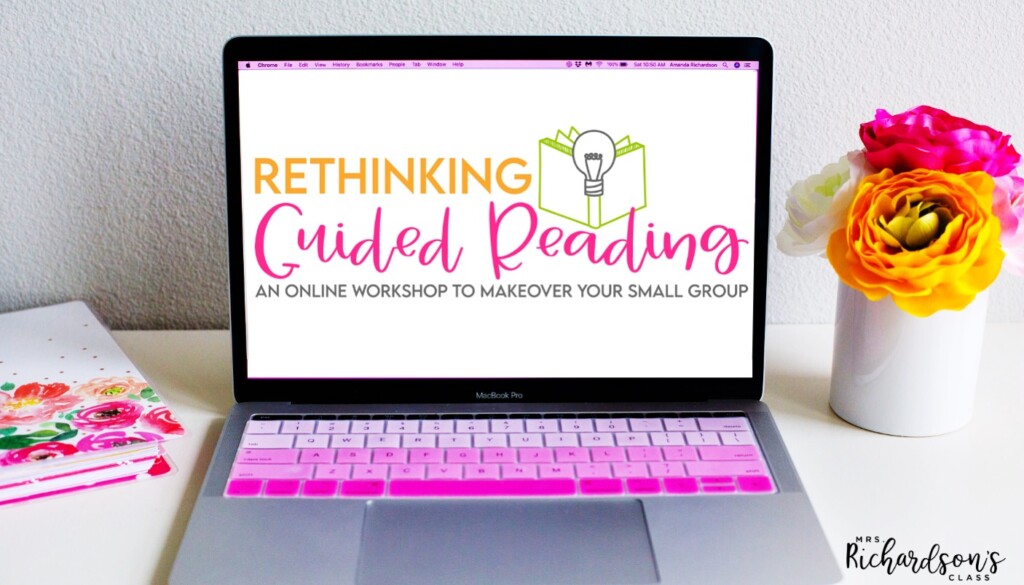
Hop on the waitlist so you won’t miss when registration is open. I would love to be your literacy coach and cheerleader through this workshop!

Want to use the latest research to boost your readers during small groups? This FREE guide is packed with engaging ideas to help them grow!

I’m a K-1 teacher who is passionate about making lessons your students love and that are easy to implement for teachers. Helping teachers like you navigate their way through their literacy block brings me great joy. I am a lifelong learner who loves staying on top of current literacy learning and practices. Here, you’ll find the tools you need to move your K-2 students forward!


| Cookie | Duration | Description |
|---|---|---|
| cookielawinfo-checkbox-analytics | 11 months | This cookie is set by GDPR Cookie Consent plugin. The cookie is used to store the user consent for the cookies in the category "Analytics". |
| cookielawinfo-checkbox-functional | 11 months | The cookie is set by GDPR cookie consent to record the user consent for the cookies in the category "Functional". |
| cookielawinfo-checkbox-necessary | 11 months | This cookie is set by GDPR Cookie Consent plugin. The cookies is used to store the user consent for the cookies in the category "Necessary". |
| cookielawinfo-checkbox-others | 11 months | This cookie is set by GDPR Cookie Consent plugin. The cookie is used to store the user consent for the cookies in the category "Other. |
| cookielawinfo-checkbox-performance | 11 months | This cookie is set by GDPR Cookie Consent plugin. The cookie is used to store the user consent for the cookies in the category "Performance". |
| viewed_cookie_policy | 11 months | The cookie is set by the GDPR Cookie Consent plugin and is used to store whether or not user has consented to the use of cookies. It does not store any personal data. |
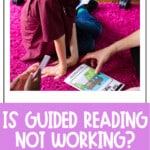
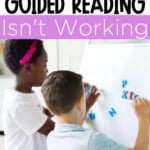
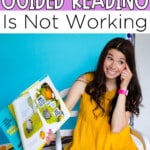
2 Responses
Hi! I loved reading through your blog post and even downloaded some freebies to use in my classroom! Thank you for posting this as it can feel overwhelming when guided reading scores improve greatly with other students and not so much with others. My students needs lots of guidance and support with phonemic awareness, letter sound/name recognition, and sight word recognition at the start of the school year so I love that you mention how the multiple aspects of literacy come together to create effective literacy instruction. The students that already have the foundational skills at the start of the year seem to move along easier than those that do not. I like to establish the foundational skills before setting up guided reading groups then I move onto practicing guided reading routines. I found this to be helpful for students that have never been in a structured setting or school prior to kindergarten. What tips would you have for guided reading groups that still need foundational skills such as letter sound recognition, rhyming, phoneme segmentation, etc.? Do you focus more on building that letter name/sound correspondence knowledge or do you focus more on tracking print?
Thanks for sharing your post!
Hi Susana! I was just flooded with notifications for comments on the blog that, evidently, I had been missing for some time! I am SO sorry that you never got a response years ago! I just want to tell you that, yes, I would focus on letter name/sound correspondence, phonics, and phonemic awareness skills. Then, if they are ready, we can practice reading a passage together or a decodable text. Again, so sorry for the delay! -Amanda